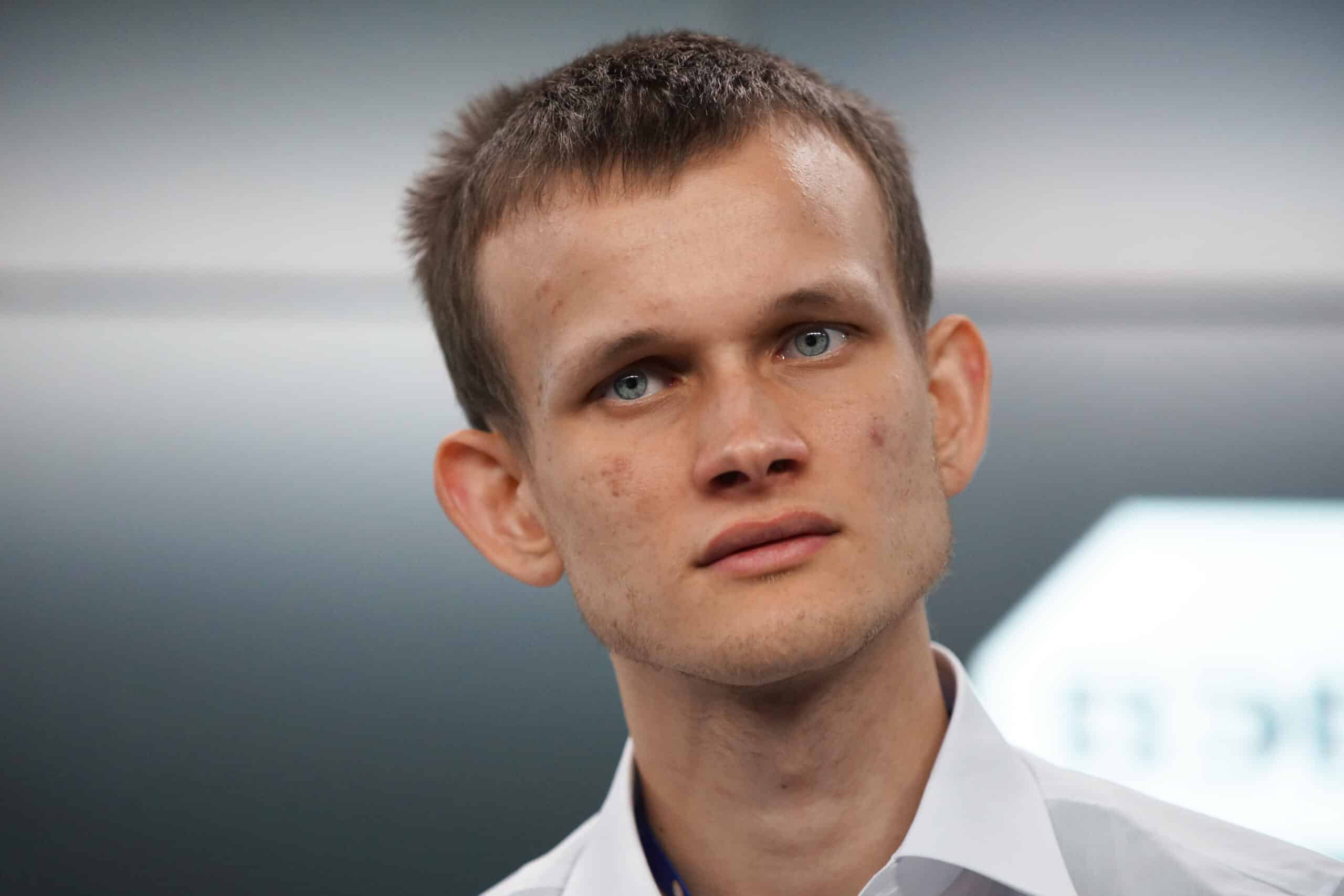Ethereum’s price has been struggling, especially when compared to bitcoin and solana. The price of one ETH compared to one BTC is down 30% in the past year, and the ratio has been consistently declining over the past three years, after peaking in November 2021.
Why is this happening? Many point to Ethereum’s reliance on Layer 2 solutions, which some say have been “parasitic” to the main Ethereum Layer 1. Critics argue that Ethereum’s “rollup-centric scaling roadmap” has taken the focus away from improving the base layer itself. Another factor is the migration of the Ethereum community to platforms such as Farcaster, leaving X—where much of the retail crypto attention resides—dominated by projects like Solana that have adopted a more aggressive public presence.
Read more: Are L2s ‘Parasitic’? Analysis Shows Ethereum Only Gets a Tiny Percentage of Fees
Video: Are Layer 2s Parasitic to Ethereum and ETH as an Asset?
Some have pointed fingers at Vitalik Buterin for not “bull posting” enough—i.e., pushing Ethereum with the same energy that other blockchain leaders do. In response, Buterin posted a meme in late August featuring a bull wearing a sign saying “Ethereum is good.” But now, it seems like the meme is becoming a reality.
I have been told that I need to "do less philosophizing and do more ethereum bullposting". Hence, here is an ethereum bullpost, courtesy of stable diffusion 3 inpainting + gimp. pic.twitter.com/ZcPjNVImpn
— vitalik.eth (@VitalikButerin) August 21, 2024
This week, Buterin published two major blog posts addressing some of Etheruem’s main challenges. In them, he proposed lowering the staking requirement from 32 ETH to 1 ETH, making Ethereum more accessible, and supported the idea of “single-slot finality,” which could reduce transaction finalization times to 12 seconds. He also reaffirmed his commitment to scaling Ethereum to 100,000 transactions per second through “The Surge,” combining sharding and L2 solutions.
Read more: Ethereum’s Key Goal for ’The Surge’ Is 100,000 TPS: Vitalik Buterin
In effect, Buterin appears to have gone “founder mode.” Not only is he standing by Ethereum’s rollup-centric roadmap, but he’s also focusing on scaling Ethereum’s Layer 1—an issue that’s been a growing concern within the community.
One thing that sets Ethereum apart is its extreme decentralization. There’s no CEO to handle marketing or hype the project with bullish tweets. And to be fair, Vitalik has never really cared about ethereum’s price. There’s a distinct culture in the Ethereum community that seems to almost disregard price movements, especially when compared to the tribes supporting Solana or Bitcoin. Buterin himself has expressed on multiple occasions that he wishes blockchains would move beyond just being about money.
This orientation has not gone unnoticed; without mentioning Buterin by name, DeFi entrepreneur Kain Warwick criticized him and the Ethereum Foundation in a tweet in August “being anti DeFi.” But with his recent posts, it seems Buterin is doubling down on making Ethereum not just faster, but more decentralized and accessible for everyone—regardless of the price of ETH.
Buterin stepping up mirrors a broader trend, as Ethereum’s key figures, such as Steven Goldfeder, CEO of Offchain Labs (the team behind the Layer 2 solution Arbitrum), have also adopted a more vocal stance. Goldfeder has been pushing back against claims that L2s are not a part of Ethereum, even getting into a spicy exchange with Solana investor Kyle Samani.
Now, with Vitalik seemingly embracing a more active role, the question is: can ETH regain its footing, or will it continue to lag in the shadow of its competitors?
Read more: Ethereum Has Had a Banner Year in Most Areas. Except Price.



